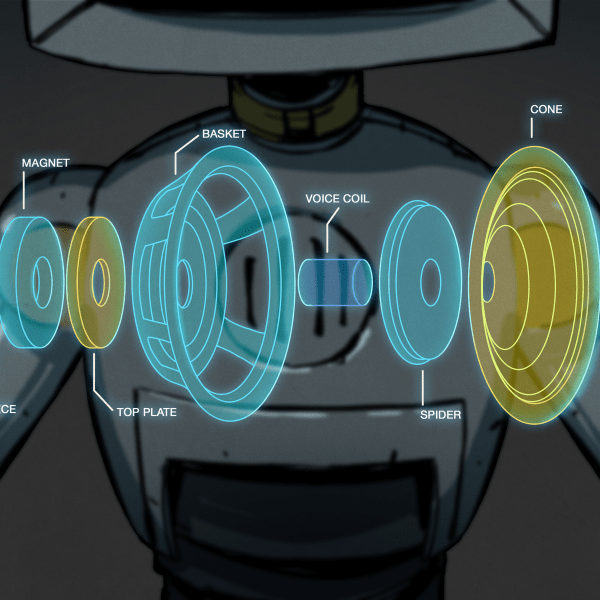
We love keeping track of new interaction technologies and this new touchscreen by Stantum looks especially promising. Engadget shot a hands-on video with it at the Mobile World Conference. It’s a resistive screen, so it can be used with both fingers and styluses (unlike capacitive screens). It’s sensitive enough that you could use a brush too. The screen supports any number of multitouch points and does pressure sensing based on the size of the detected fingertip. The touch detection is actually more accurate than the screen can display. Stantum is hoping mobile manufactures will pick up their input framework for inclusion in new devices. The resistive touchscreen was built to Stantum’s specifications (it won’t work with current phones), but they say it wouldn’t be hard to go into mass production.














